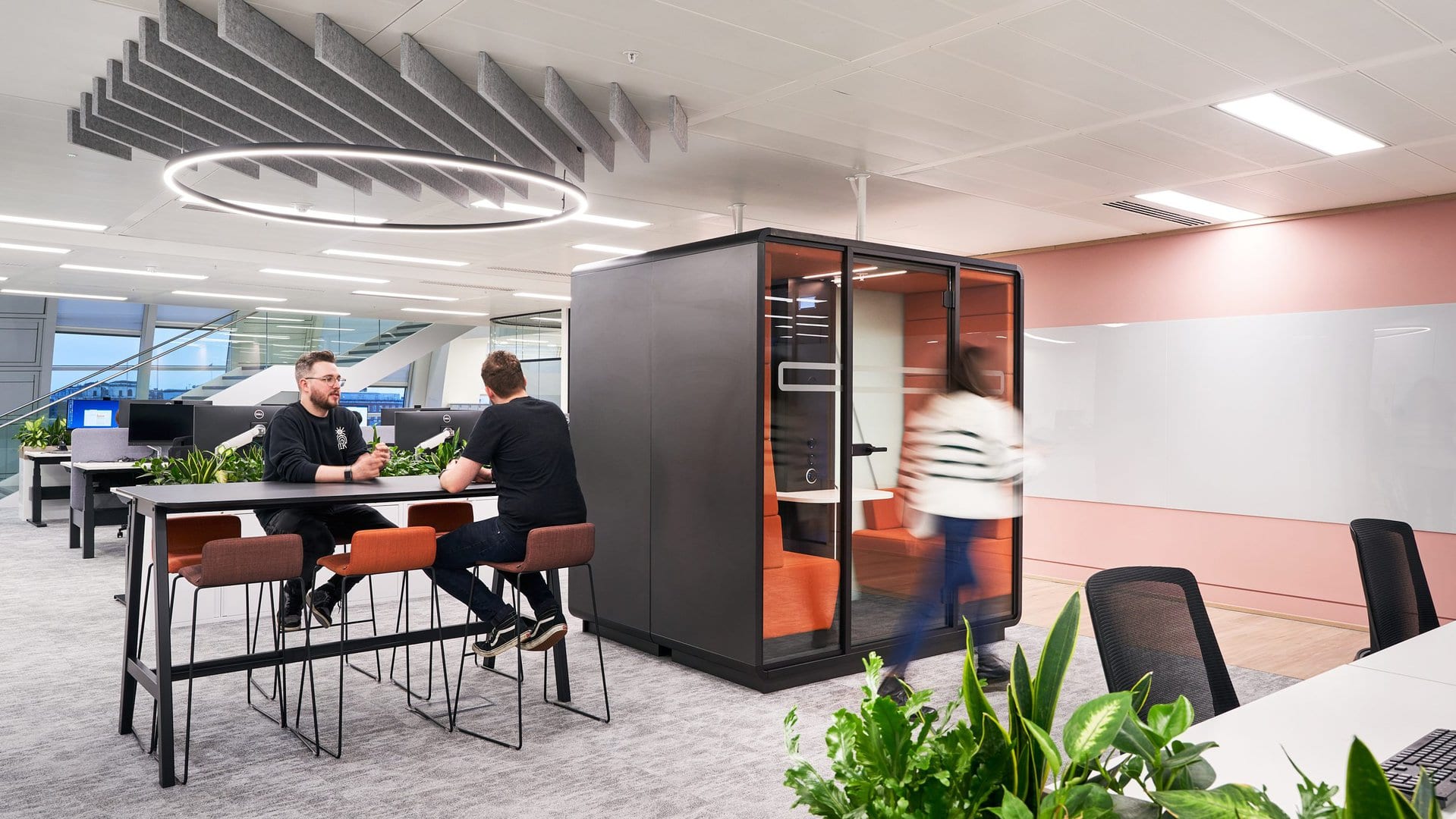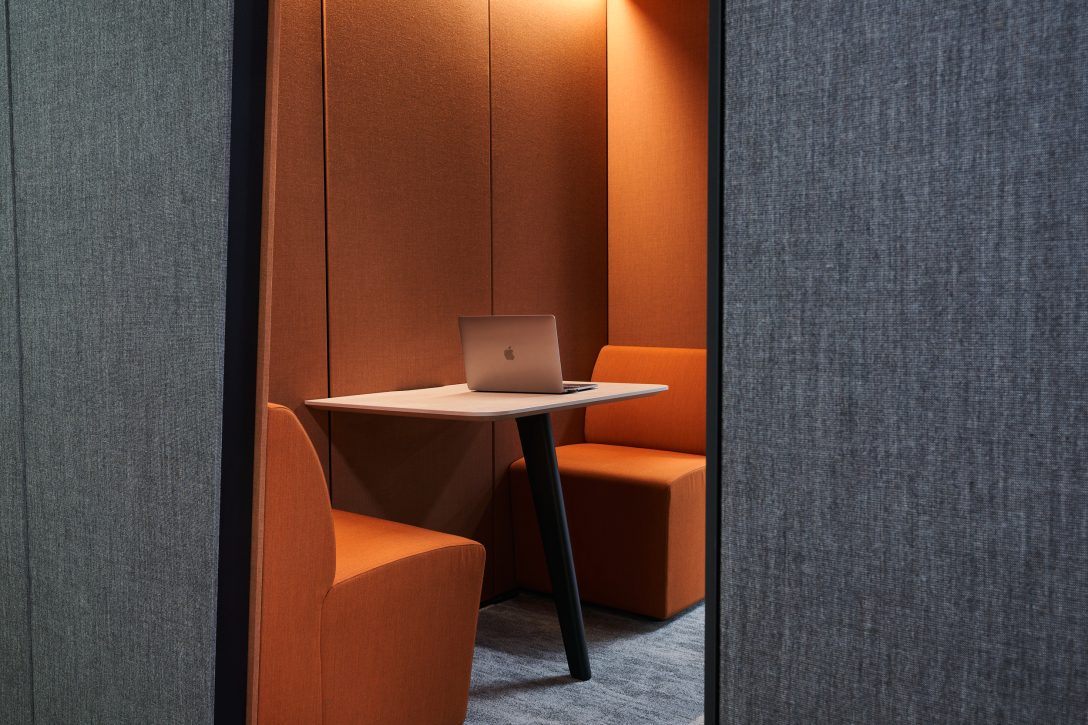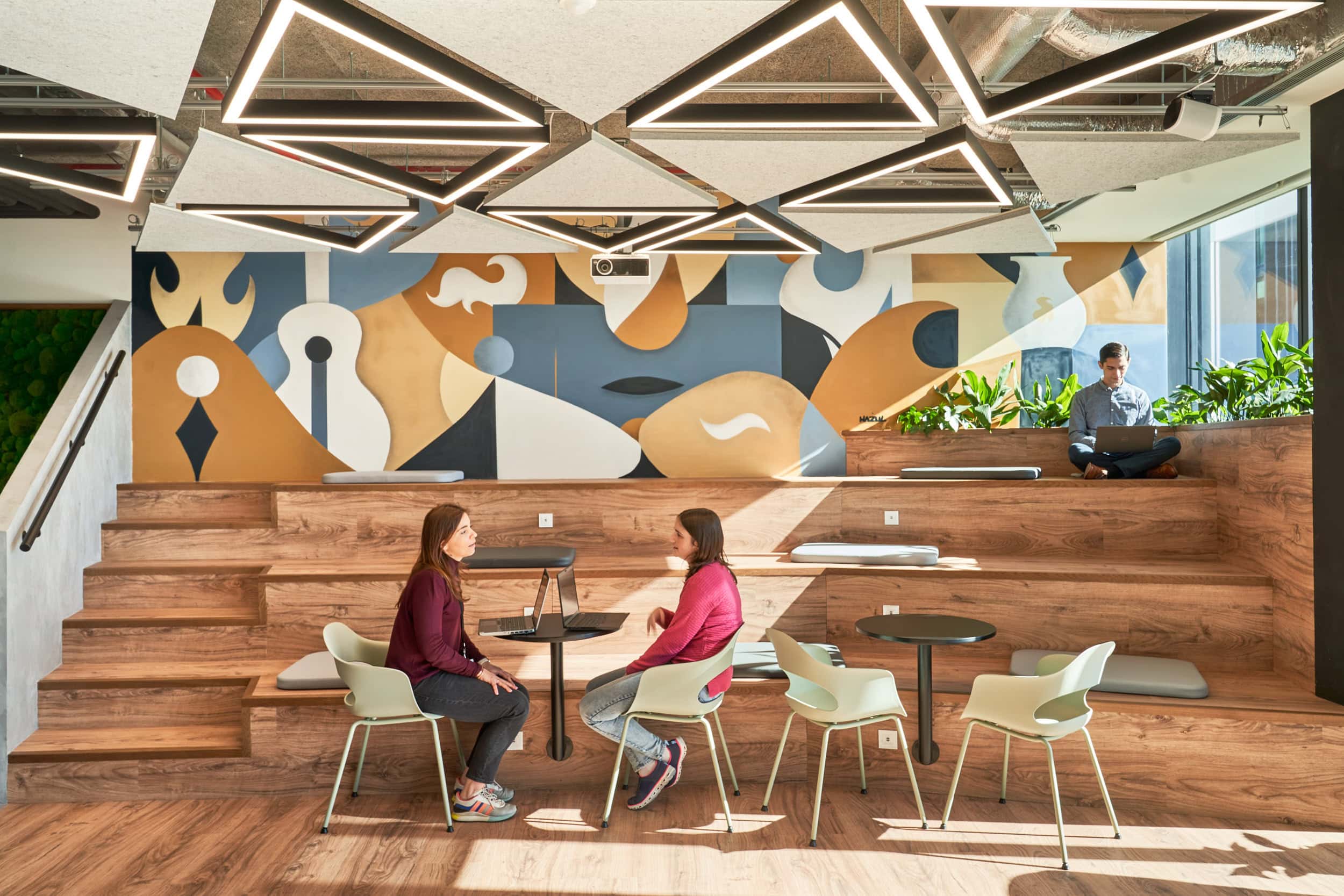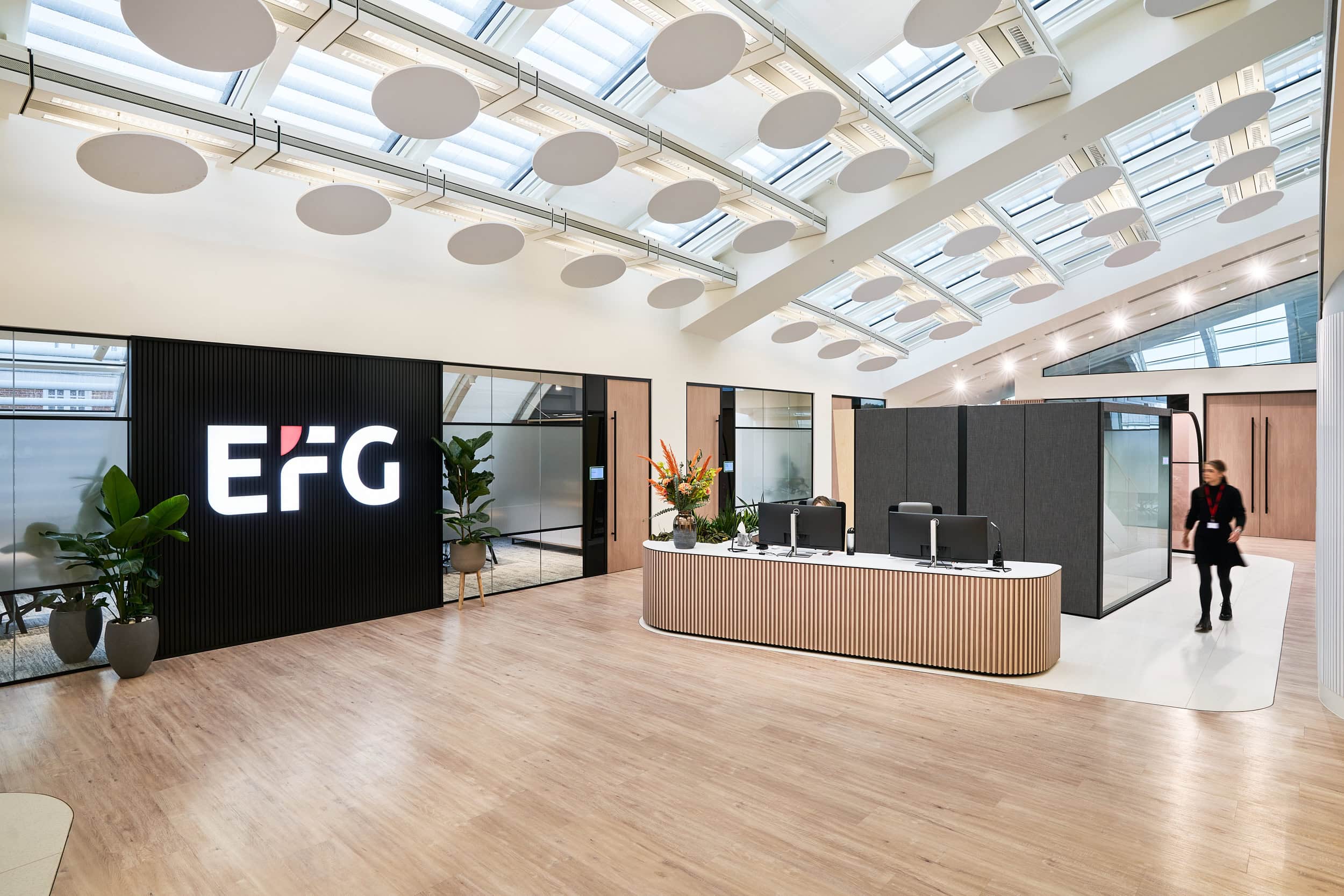Navigating neurodiverse workplace design: crafting inclusive spaces
Unlock the power of neurodiverse workplace design. Discover practical insights for a more inclusive, comfortable and productive workplace.

Creating a workplace that accommodates neurodiversity requires a nuanced understanding of the varying brain functions and personality traits within a workforce. Today employer are increasingly recognising the importance of embracing diverse sensorial responses and adopting a neurodiverse workplace design to foster a more comfortable, productive and healthy environment for employees.
Neurodiversity acknowledges the myriad ways individuals experience and interact with the world, highlighting the absence of a singular correct way of behaving, thinking or learning. This diversity manifests in unique needs that must be considered in the workplace. The concept of “neurodiverse workplace design” encapsulates the idea of tailoring work environments to cater to these diverse needs.
The article delves into some key neurodiverse inclusive design elements, emphasising how certain environmental features can either overstimulate or under stimulate neurodivergent individuals. From zones promoting movement to collaborative spaces, quiet areas for focused work and well-lit spaces with access to natural daylight, we explore the importance of creating a balanced, inclusive workplace.
Activity based working
An activity based working style works well with the principles of neurodiversity as this kind of office design ensures your workplace offers a range of working settings. This flexible and adaptable setting accommodates a range of tasks as well as for different users. Having versatile spaces means people can choose the space that is best for their needs.
Some neurodivergent people may have trouble working efficiently in a more traditional style work setting as rigid work settings leave them feeling constricted and often stifle concentration or creativity. Often, small changes and tweaks to a workplace can create a big impact, making it inclusive to a larger range of people.
By incorporating a range of spaces you automatically accommodate for a wider range of people. Ensuring there are open plan collaborative spaces as well as individual focus spaces, larger meeting rooms and smaller meeting rooms, casual spaces as well as formal spaces, means there is going to be a place where everyone feels most comfortable and productive when working.
Inclusive neurodiverse workplace design
Neurodiverse people tend to be over or under stimulated by certain features of the environment they’re in. This can be noise, temperature, lighting, smell and texture.
Different employees may have different working environment preferences. Here’s some settings and features that can create a more inclusive workplace:
- Zones that promote movement e.g. walking meetings, outdoor spaces
- Collaborative spaces to promote team work
- Quiet spaces with low simulation for focus, individual work
- Social spaces to take breaks and promote socialisation
- Bright light spaces with access to natural daylight, as well as low light
Noise
For some, noise can be a trigger, making it a distracting environment to work in. Creating spaces that are quiet, less busy with less background noise where people can work individually is really important.
This can come in the form of creating a quiet area of desks, focus pods, small meeting rooms, telephone booths, libraries, wellness rooms etc.
Acoustics are also really important in these spaces, ensuring background noise stays to a minimum. Acoustic panels can help to calm the noise of a space and balance out noise levels. Sometimes acoustic panels can be used to break up and divide spaces which can also help differentiate different working zones. You can learn more about office acoustics here.
However, others thrive in louder areas with higher activity. These people may struggle with concentration in a quieter environment. So having these collaborative, open plan spaces is equally important for those who are most productive when working around other people.
Collaborative vs individual
Some people work better and thrive in areas with more people, background noise and activity. Whereas others who can often find themselves distracted easily are much more productive in quiet settings where they can work alone.
Ensuring that your floorplate accommodates these different zones is really important. Designing your workplace so that people can switch in between these areas easily depending on tasks or how they’re feeling that particular day is also key.

Lighting
Lighting is a significant way to set the mood and ambience of a space and this can have an impact on how people behave and work in a room.
Neurodiverse people can sometimes be affected by lighting. Some prefer to work in areas with bright lighting, this could be in the form of fluorescent strip lighting that creates a bright space. Others prefer dim, lower lighting spaces. This often creates more tranquillity and calm, an environment that for some is a lot easier to work in.
Colour
A psychological study claims that specific colours could be oppressive to those with a neurodiverse condition. One finding from this is that yellow is a highly sensory colour. For some neurodiverse people, bright colours like yellow can be a very distracting, triggering colour. Therefore, the choice of colours in a workplace is often more important than you think. This requires a well considered approach to your ultimate workplace design.
Just like lighting, colour can set the ambience of a space. Make sure in your workplace that there are spaces with brighter, vibrant colours as well as areas with calmer, more neutral colours. Then, your team have a choice of where to work if they find particular colours uncomfortable to work in. These don’t need to be drastic differences. They can be in the form of your brand colours, ensuring your brand is still embodied in your workplace.

The key takeaway from understanding neurodiversity in the workplace is to offer choice. Neurodiversity comes in a variety of forms which consequently comes with different needs. If your workplace already offers a range of spaces then you are already equipped for people to come in with specific needs. This is also a benefit when acquiring new talent and makes your organisation a better place to work for a lot of people.
If you want to learn more about how you can create an inclusive workplace for your present and future team then get in touch with our team today – enquiries@ais-interiors.com


